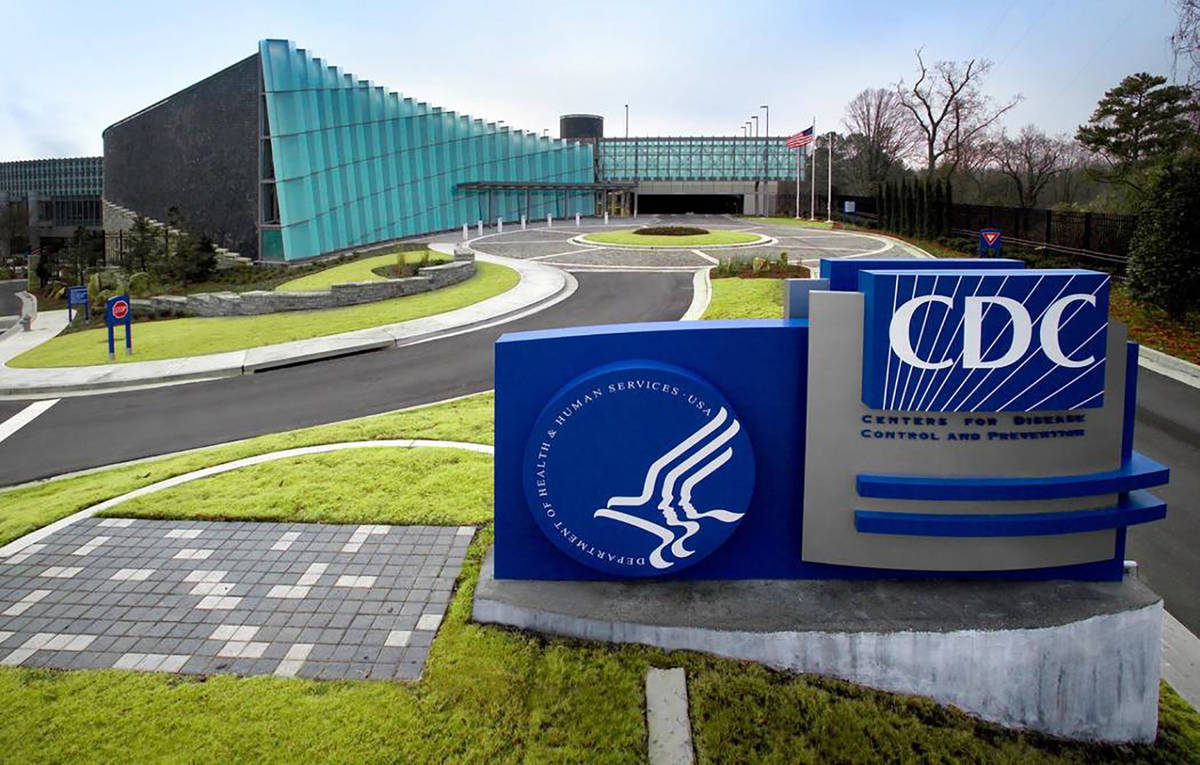
More than 1 million COVID-19 cases were reported in the United States over a seven-day period in November.
As cases continue to increase rapidly across the United States, the safest way to celebrate Thanksgiving is to celebrate at home with the people you live with, according to the Centers for Disease Control and Prevention. Gatherings with family and friends who do not live with you can increase the chances of getting or spreading COVID-19 or the flu.
Travel might increase your chance of getting and spreading COVID-19. Postponing travel and staying home is the best way to protect yourself and others this year.
If you are considering traveling for Thanksgiving, the CDC has important questions to ask yourself and your loved ones beforehand. These questions can help you decide what is best for you and your family.
Are you, someone in your household or someone you will be visiting at increased risk for getting very sick from COVID-19? Are cases high or increasing in your community or your destination? Check CDC’s COVID Data Tracker for the latest number of cases.
Are hospitals in your community or your destination overwhelmed with patients who have COVID-19? To find out, check state and local public health department websites. Does your home or destination have requirements or restrictions for travelers? Check state and local requirements before you travel.
During the 14 days before your travel, have you or those you are visiting had close contact with people they don’t live with? Do your plans include traveling by bus, train, or air which might make staying 6 feet apart difficult? Are you traveling with people who don’t live with you?
If the answer to any of these questions is “yes,” consider making other plans, such as hosting a virtual gathering or delaying your travel. It’s important to talk with the people you live with and your family and friends about the risks of traveling for Thanksgiving.
If you do travel, the CDC suggests checking travel restrictions before leaving; getting a flu shot; wear a mask in public settings, on public transportation and when around people you do not live with; stay at least 6 feet apart from anyone who does not live with you.
But celebrating virtually or with the people you live with is the safest choice this Thanksgiving. If you choose to attend a gathering, there are ways to make your celebration safer, such as bringing your own food, drinks, plates, cups and utensils; wearing a mask and safely storing it while eating and drinking; avoiding going in and out of the areas where food is being prepared or handled, such as in the kitchen.
The CDC suggests using single-use options, such as salad dressing and condiment packets and disposable items such as food containers, plates, and utensils.
Those having guests to their homes should be sure that people follow basic steps that everyone can take to make Thanksgiving safer, the CDC said in a statement. These steps include having a small outdoor meal with family and friends who live in your community, limiting the number of guests, having conversations with guests ahead of time to set expectations for celebrating together and cleaning and disinfecting frequently touched surfaces and items between uses.
If celebrating indoors, bring in fresh air by opening windows and doors, if possible. You can use a window fan in one of the open windows to blow air out of the window. This will pull fresh air in through the other open windows.
If sharing food, have one person serve food and use single-use options, such as plastic utensils.
The advice includes considering other Thanksgiving activities, from hosting a virtual holiday meal or having people share recipes and show the dishes they prepare to safely preparing traditional dishes and delivering them to family and neighbors in a way that does not involve contact with others.
Traditional Thanksgiving activities, such as writing down things you are grateful for and sharing with your friends and family, is a safe way to mark the holiday.